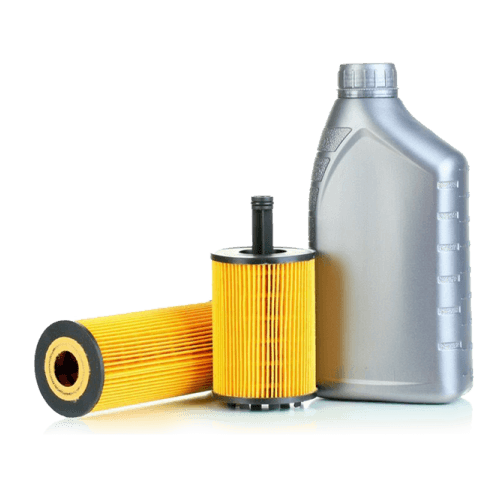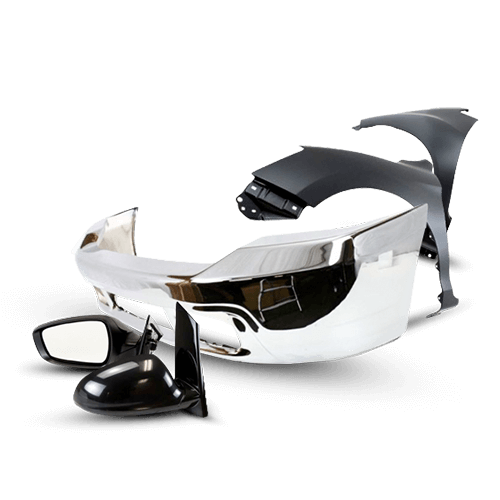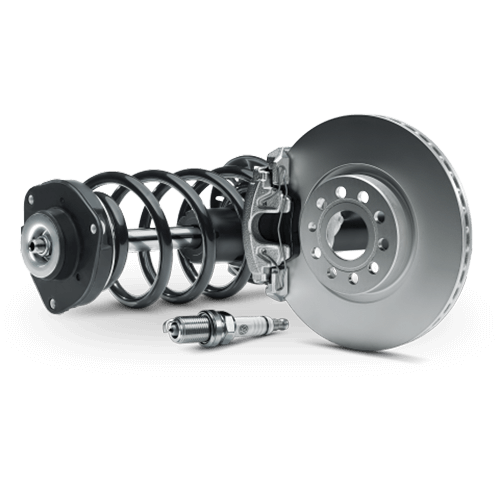
Decoding BMW Service Codes: A Comprehensive Guide for Owners
As a BMW owner, you're well aware of the importance of maintaining your vehicle to keep it running at its best. One crucial aspect of this is understanding the various service codes that your BMW may display. These codes provide valuable information about the health and performance of your vehicle, allowing you to address any issues promptly and effectively.
In this comprehensive guide, we'll dive deep into the world of BMW service codes, exploring their definitions, common types, and how to interpret them. We'll also discuss the benefits of using genuine BMW OEM parts versus quality aftermarket alternatives, and provide tips on maintaining your BMW to prevent service code issues in the first place.
Understanding BMW Service Codes
BMW service codes, also known as diagnostic trouble codes (DTCs), are alphanumeric codes that are generated by your vehicle's onboard computer system. These codes are designed to alert you to specific problems or issues that require attention, ranging from minor maintenance tasks to more complex system failures.
Each service code is composed of a letter (usually "P," "B," "C," or "U") followed by a series of digits. The letter indicates the system or component that is affected, while the digits provide more detailed information about the nature of the problem.
For example, a code like "P0171" might indicate a problem with the fuel system, while "B1234" could point to an issue with the body control module. Understanding the meaning of these codes is crucial for effectively addressing the underlying problem and maintaining the overall health of your BMW.
What are the service icons on my dashboard?
![]() Oil service
Oil service
![]() Microfilter
Microfilter
![]() Front brakes
Front brakes
![]() Spark plugs
Spark plugs
![]() Rear brakes
Rear brakes
![]() Brake fluid
Brake fluid
Common BMW Service Codes
BMW vehicles are equipped with a wide range of systems and components, each of which can generate its own unique service codes. Some of the most common types of BMW service codes include:
Oil Change Service Codes
These codes indicate that it's time for an oil change, such as "CBS1" or "CBS2."
Brake System Service Codes
Codes like "C1234" or "C5678" may signal issues with the brake pads, calipers, or other brake-related components.
Engine-Related Service Codes
Codes starting with "P" often point to problems with the engine, such as misfiring, sensor failures, or emissions-related issues.
Transmission Service Codes
Codes like "P0700" or "P0730" can indicate issues with the transmission, such as fluid leaks or gear shifting problems.
Suspension and Steering Service Codes
Codes starting with "C" or "B" may relate to problems with the suspension, steering, or wheel alignment.
Understanding the meaning of these common service codes can help you identify and address issues quickly, preventing further damage to your BMW and ensuring its optimal performance.
Interpreting BMW Service Codes
Accessing and interpreting BMW service codes can be done through a few different methods. The most common approach is to use your BMW's iDrive system, which provides a user-friendly interface for accessing diagnostic information, including service codes and their descriptions.
To access service codes using the iDrive system, simply navigate to the appropriate menu and follow the on-screen instructions. The system will display the active service codes, along with a brief explanation of what each code means.
Alternatively, you can use a dedicated BMW diagnostic tool or a generic OBD-II scanner to read the service codes directly from your vehicle's onboard computer. These tools can provide more detailed information about the nature of the problem and may even suggest potential solutions.
Addressing BMW Service Codes
Once you've identified the service code(s) affecting your BMW, the next step is to address the underlying issue. Depending on the nature of the problem, there are a few different approaches you can take:
DIY Solutions for Minor Issues
For some minor service codes, such as those related to oil changes or routine maintenance, you may be able to address the problem yourself. This can involve tasks like replacing the oil, resetting the service indicator, or performing other basic maintenance procedures.
Seeking Professional Help
For more complex or serious service code issues, it's generally best to seek the assistance of a qualified BMW technician. These professionals have the specialized knowledge and tools required to accurately diagnose and repair the problem, ensuring that your BMW is returned to optimal condition.
BMW OEM Parts vs. Aftermarket Parts
When it comes to addressing service code issues or performing routine maintenance on your BMW, the choice of parts can have a significant impact on the long-term health and performance of your vehicle. While genuine BMW OEM parts are often the most expensive option, they are also designed and engineered specifically for your BMW, ensuring a perfect fit and optimal performance.
On the other hand, quality aftermarket parts can provide a more cost-effective solution, without sacrificing reliability or durability. When choosing aftermarket parts, it's important to select reputable brands that are known for their high-quality manufacturing and compatibility with BMW vehicles.
Maintaining Your BMW to Prevent Service Codes
The best way to avoid service code issues is to proactively maintain your BMW through regular inspections, scheduled maintenance, and the use of high-quality parts. This includes:
Regular Maintenance
Adhering to your BMW's recommended maintenance schedule, which includes oil changes, brake inspections, and other routine tasks, can help prevent many service code-related problems.
Using Quality Parts
Whether you choose genuine BMW OEM parts or high-quality aftermarket alternatives, using the right parts for your vehicle is crucial for maintaining its performance and preventing future issues.
Addressing Issues Promptly
If your BMW does display a service code, it's important to address the problem as soon as possible to prevent further damage or more complex issues from developing.
By following these best practices, you can help ensure that your BMW remains in top condition, minimizing the likelihood of service code-related problems and keeping your vehicle running at its best for years to come.
Conclusion
Understanding and addressing BMW service codes is an essential part of owning and maintaining a BMW vehicle. By familiarizing yourself with the common types of service codes, learning how to interpret them, and taking the appropriate steps to address any issues, you can help ensure the long-term health and performance of your BMW.
Whether you choose to tackle minor service code problems yourself or seek the assistance of a qualified BMW technician, the key is to act quickly and use high-quality parts to restore your vehicle to its optimal condition. By doing so, you can enjoy the exceptional driving experience that your BMW was designed to provide, while also protecting your investment for years to come.






















































